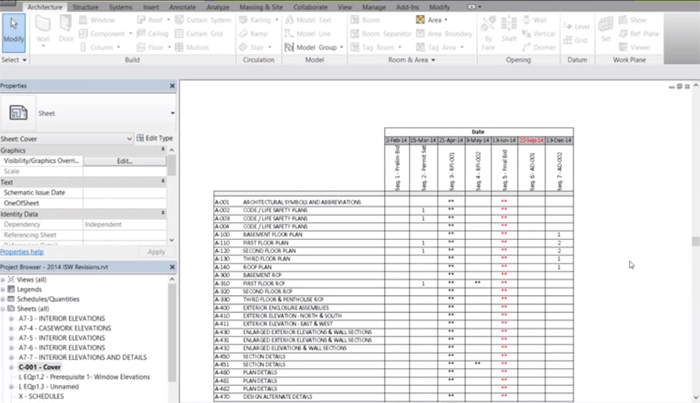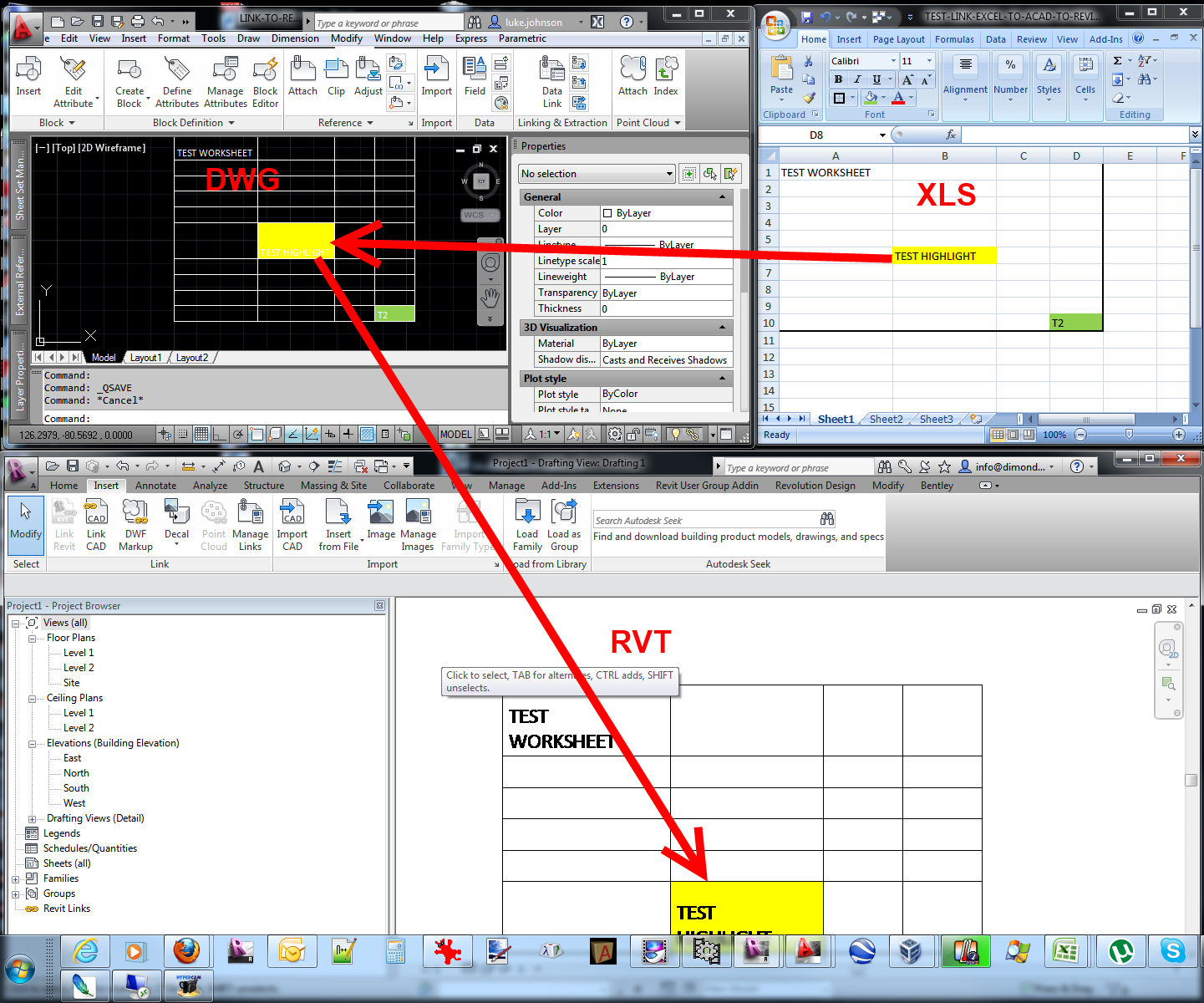Open New Possibilities with Ingenious Revit Plugins
Wiki Article
Breaking Barriers: Excel Importation Techniques for Advanced Revit Users
Are you a sophisticated Revit customer seeking to take your skills to the following degree? In this write-up, we will show you just how to break barriers by leveraging Excel for importation in Revit. Discover different data importation approaches and master Excel combination to enhance your Revit modeling capacities. With our pointers and methods, you can get over importation difficulties and become a real expert in utilizing Excel for your Revit jobs. Prepare to master your Revit trip!Advanced Revit Users: Leveraging Excel for Importation
You can easily take advantage of Excel for importation as an advanced Revit customer. Excel is a powerful device that can greatly improve your operations and efficiency in Revit. With its capability to handle big quantities of data and do intricate calculations, Excel can be a beneficial asset in managing and organizing your task information.One method to utilize Excel for importation is by utilizing the "Link Excel" function in Revit. This attribute allows you to link an Excel spreadsheet directly right into your Revit task, allowing you to update and synchronize data between both programs. This can be particularly useful when taking care of timetables or tracking adjustments in your project.
An additional means to make use of Excel is by using the "Import/Export" function in Revit. This attribute permits you to import and export data between Revit and Excel, providing you the adaptability to collaborate with information in both programs. You can import data from Excel into Revit to develop elements such as doors, spaces, or wall surfaces, and you can also export data from Revit to Excel for further evaluation or coverage.

Exploring Data Importation Methods in Revit Using Excel
Checking out exactly how to import data from Excel into Revit provides effective techniques for integrating information. When you import data from Excel, you can perfectly transfer data such as room schedules, product checklists, and tools information right into your Revit job. This process allows you to save effort and time by staying clear of hand-operated information entrance.To import data from Excel into Revit, you can utilize the "Import/Export" attribute. This attribute allows you to map the Excel data fields to the equivalent Revit criteria, making sure that the info is properly assigned within the version. By picking the proper import options, you can control just how the data is imported and how it connects with your task.
One more method for importing information from Excel into Revit is by using Eager beaver. Dynamo is an aesthetic programs tool that incorporates with Revit and enables you to automate tasks and operations. With Dynamo, you can develop personalized scripts that import information from Excel and control it within your Revit project. This technique offers much more adaptability and personalization options.
Mastering Excel Combination for Advanced Revit Modeling
Mastering Excel combination for innovative Revit modeling entails using efficient methods to effortlessly transfer information and automate jobs within your job. By utilizing the power of Excel, you can boost your Revit modeling workflow and conserve valuable time. One crucial technique is importing information from Excel check out here spread sheets directly right into your Revit version. This allows you to occupy criteria, such as room names or material amounts, easily. With a few straightforward steps, you can map the Excel columns to the matching Revit specifications and import the information accurately.One more valuable approach is exporting information from Revit to Excel. This allows you to draw out info from your version, such as routines or material quantities, and evaluate it in Excel utilizing solutions, graphes, or various other effective devices. By leveraging the capabilities of Excel, you can perform complex computations, produce custom-made records, and gain useful insights right into your project.
In addition to data transfer, Excel combination can automate repeated tasks in Revit. By creating macros or scripts in Excel, you can automate processes like creating sights, creating sheets, or using standard families - revit tools. This not only saves time but also ensures uniformity throughout your job
To grasp Excel combination in Revit, it is essential to understand the information framework and exactly how Revit engages with Excel. By familiarizing yourself with the readily available devices and methods, you can unlock the complete capacity of Excel integration and take your Revit modeling to the following degree.
Overcoming Importation Obstacles: Excel Techniques for Revit Specialists
When getting rid of importation challenges, it's crucial to be familiar with reliable Excel techniques that can profit experts in Revit. As an advanced Revit customer, you understand the value of seamlessly importing information from Excel right into your projects.
An additional beneficial technique is making use of the "Transpose" feature in Excel. This allows you to transform data from rows to go columns or the other way around. When importing information right into Revit, this can be especially useful when you have data in a vertical layout in Excel, but you need it to be in a straight layout in Revit.
Additionally, making use of Excel formulas such as VLOOKUP and INDEX-MATCH can considerably aid in mapping data from Excel to Revit. These formulas enable you to look for details you can try this out values in Excel and obtain matching information from an additional column. When importing huge datasets right into Revit., this can conserve you time and initiative.
Excel Information Importation Tips and Tricks for Advanced Revit Users
By familiarizing on your own with effective Excel tricks and tips, you can improve your information importation process as an advanced user of Revit. In addition, making use of Excel's "Paste Unique" feature enables you to paste data from Excel into Revit while preserving formatting, such as cell color or font style. An additional useful method is to utilize Excel's "Locate and Change" function to quickly make modifications to your information before importing it right into Revit.
Final Thought
You have now found out important strategies for importing data from Excel into Revit as an advanced individual. Go in advance, break those barriers and succeed in your Revit projects!
When importing information into Revit, this can be particularly helpful when you have information in a vertical format in Excel, however you require it to be in a horizontal format in Revit.
Moreover, making use of Excel solutions such as VLOOKUP and INDEX-MATCH can greatly aid in mapping data from Excel to Revit. Furthermore, making use of Excel's "Paste Unique" feature enables you to paste information from Excel into Revit while preserving format, such as cell shade or font design.
Report this wiki page